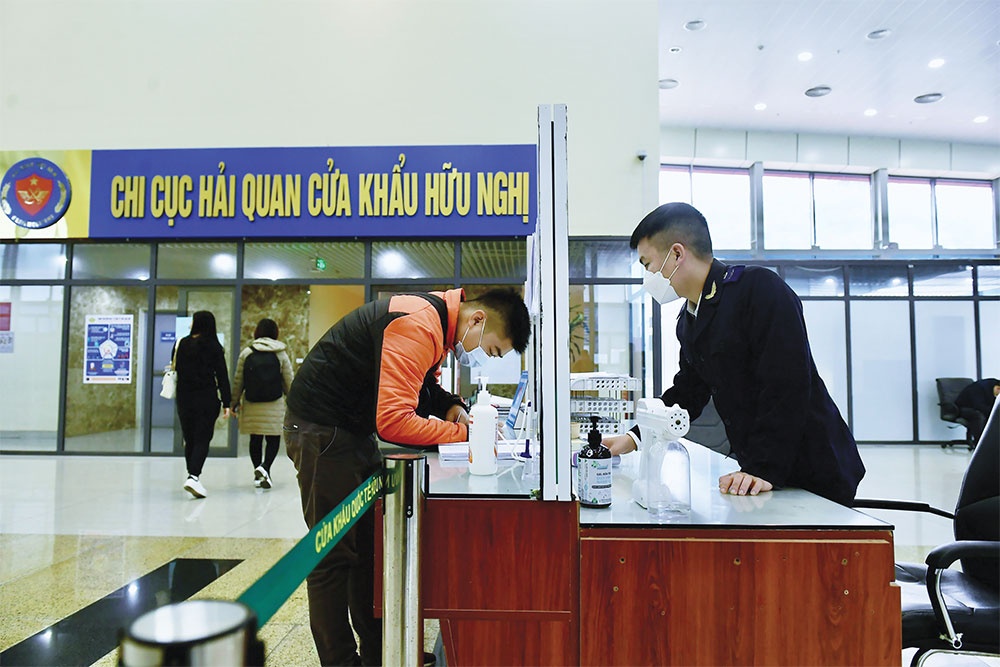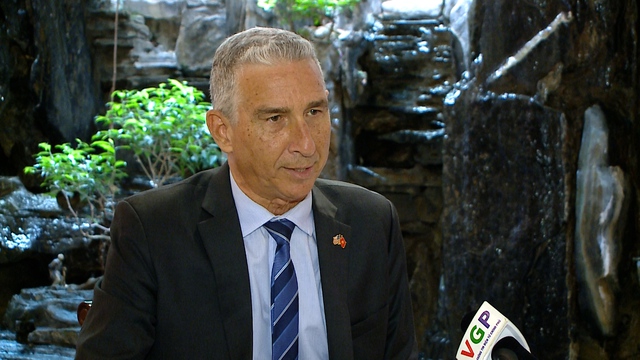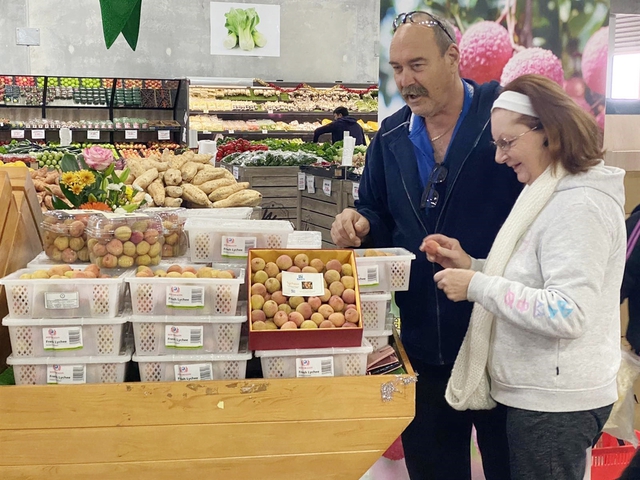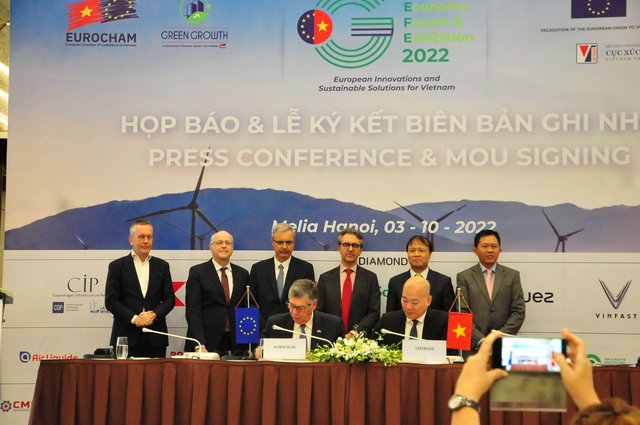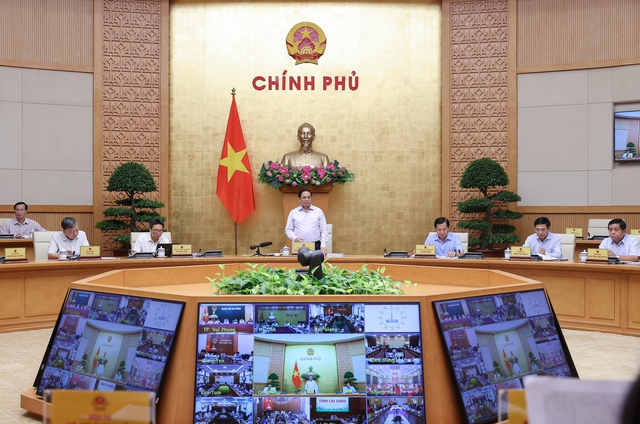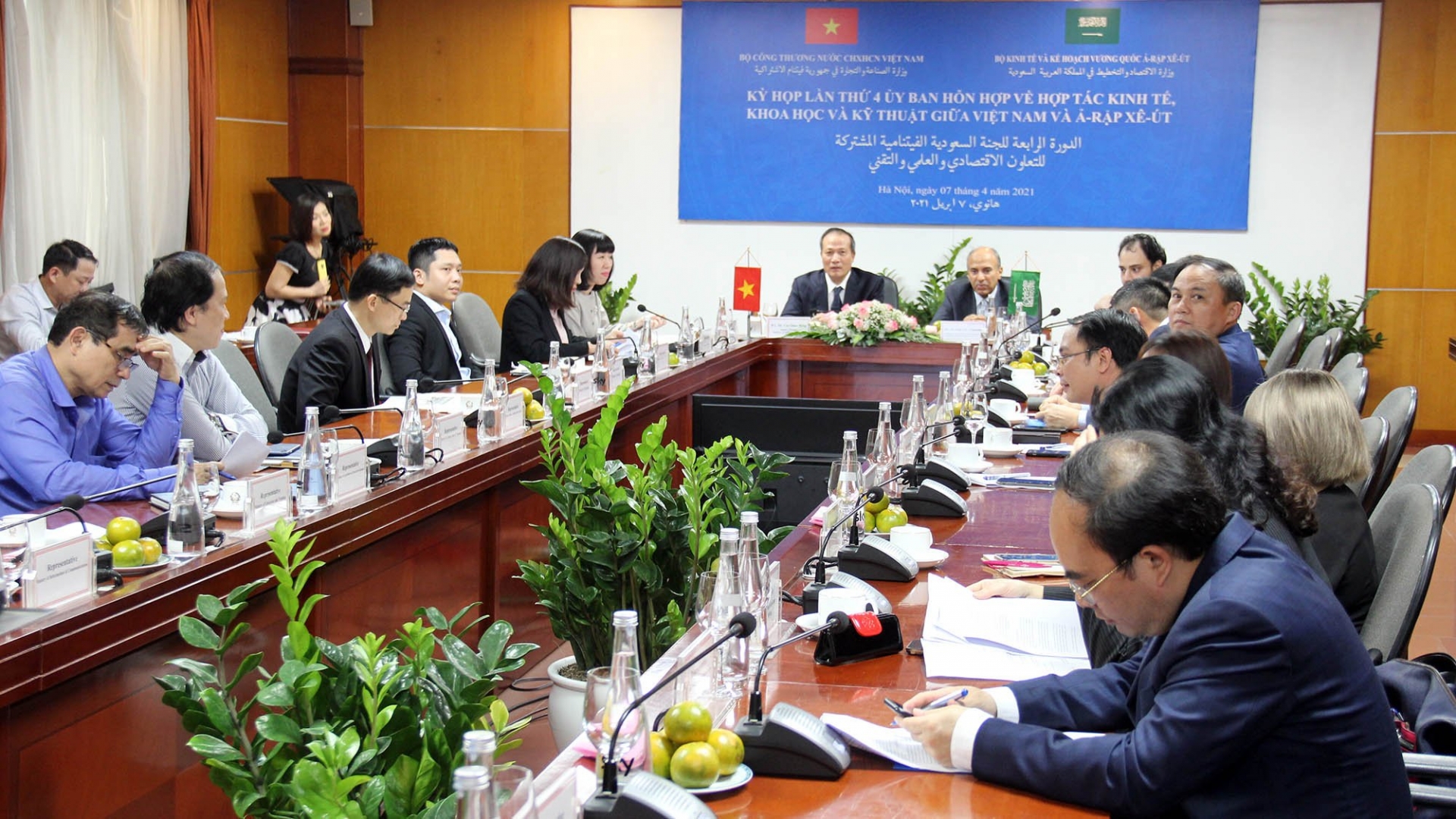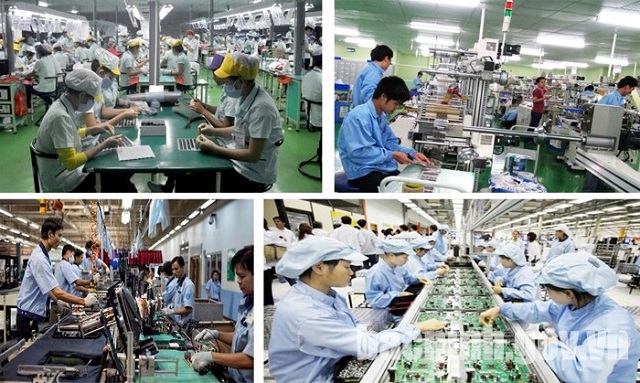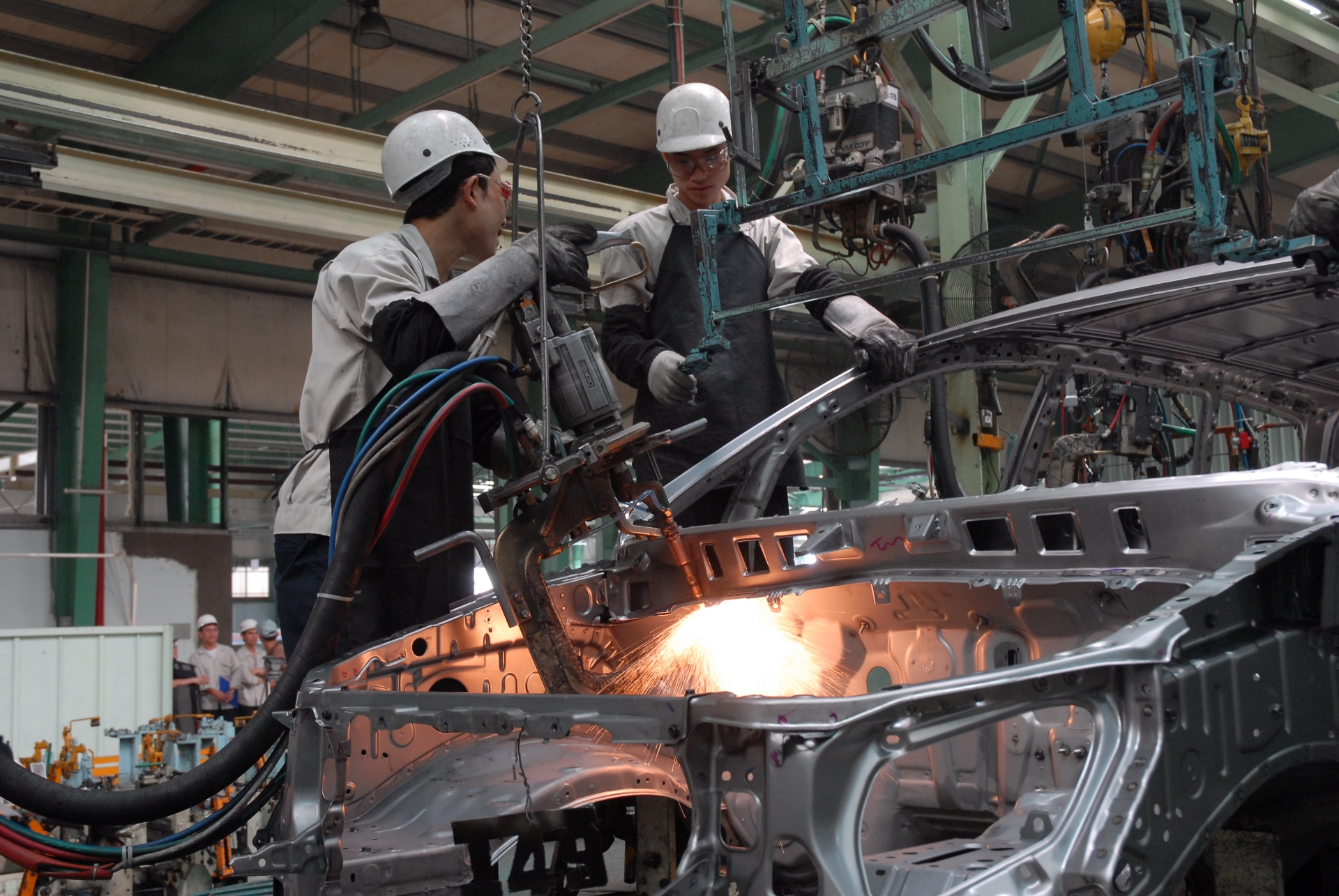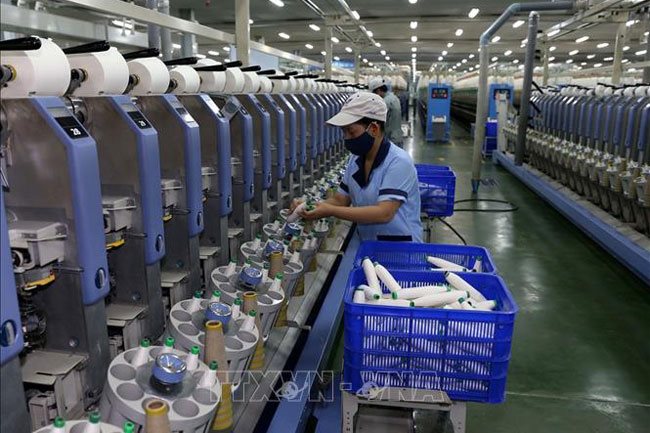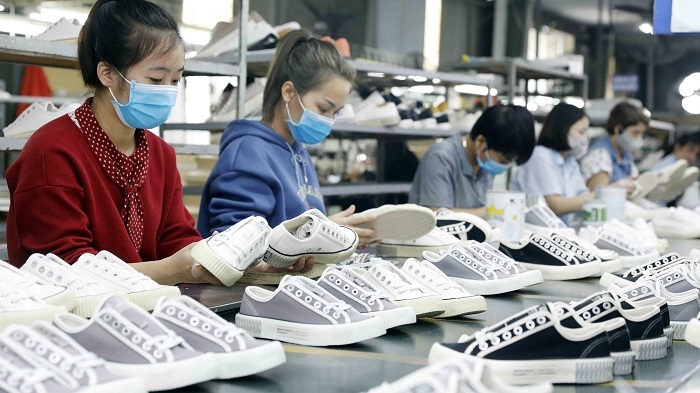Maximising the benefits of EVFTA
Entered into force in the context of the bilateral development of relations, the EU–Vietnam Free Trade Agreement has brought both positive impacts in many fields. Peter Bernhardt and Dr. Eduardo Austin of the ARISE+ Vietnam Project explain how Vietnam can face up to the challenges that the country’s private and public sector need to address in the years to come.
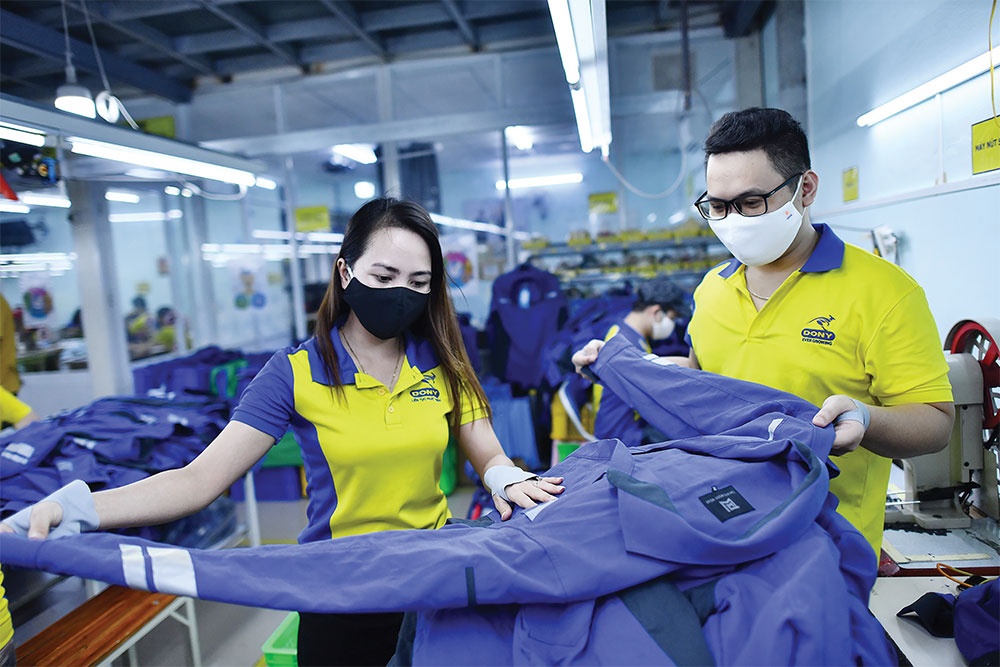
The EU–Vietnam Free Trade Agreement (EVFTA) is an ambitious free trade pact, which the EU has ever concluded with a developing country, seeking to eliminate import tariffs by up to 99 per cent of the tariffs and trade flows between the two sides.
Since the enforcement of the EVFTA, Vietnam-EU relations have undergone a spectacular growth in trade turnover. Over two years of implementation, Vietnam’s export value to the EU reached nearly $83.6 billion, while the country ranked second among the EU’s biggest trading partners in ASEAN. The new-generation trade agreement also contributed to accelerating Vietnam’s structural transformation, with an increasing share of industrial and service sectors in economic activities.
The country’s export basket has gradually shifted from primary products to light manufacturing ones such as electronics, textiles, footwear, and apparel. The great boost in trade relations between Vietnam and different trading partners is an indicator of this dynamic development, which resulted in its annual real GDP growth of 8.02 per cent in 2022. Additionally, Vietnam was able to create a growing surplus in merchandise trade with the EU, worth $31.8 billion in 2022, up 36.8 per cent on-year.
In addition to making good use of tariff incentives to promote the export of commodities, the EVFTA also contributes to attracting high-quality investment flows with EU technology and other partners of Vietnam. This has been demonstrated in EVFTA commitments so as to ensure a more open and transparent investment and business environment.
Up to now, the EU is one of Vietnam’s key investors. EU enterprises have invested in 18 out of 21 industries in the national economic sub-sector system in Vietnam. With broad market commitments for investment in manufacturing and services sectors, and bound by commitments to protect intellectual property, the EVFTA has created a new motive for attracting investment of EU groups to Vietnam.
With the scale and potential development of the EU, Vietnam has the opportunity to become a trans-shipment area for trade and investment of the EU in the region.
Ongoing challenges
Along with positive impacts, the EVFTA also poses many challenges for Vietnamese businesses. The proportion of Vietnamese enterprises’ exports benefiting from tariff incentives increased from 14.8 per cent in 2020 to 24.5 per cent in the first six months of 2022.
However, according to a Vietnam Chamber of Commerce and Industry survey conducted last year, only 17 per cent of Vietnamese businesses enjoyed the EVFTA’s preferential treatment with at least one export consignment. The percentage was regarded as relatively low in comparison with the prospect of Vietnam-EU trade ties.
To now, Vietnam’s exports have still relied heavily on process manufacturing, while product branding has been neglected by many local businesses. They have encountered many hindrances in relation to the EU’s stringent requirements, including technical standards, animal and plant quarantine measures, fierce competitiveness with EU’s other trade partners, as well as environmental protection and labour-related issues.
Challenges will not turn into opportunities for Vietnamese businesses unless they put in place far-reaching reforms in production and branding strategy. One of the major challenges in the implementation of the EVFTA is the compliance with rules of origin (ROO). To enjoy this ideal tariff preference, the key factor is that the exported goods shall meet the ratified ROO. Therefore, Vietnamese companies need to study ROO for their specific export products in the respective FTAs and the destination country.
Different rules must be followed at each step of the process of delivering a product to the market: planning, manufacturing, import (for products manufactured outside the EU), distribution, and final sale to consumers or end-users. For example, for manufacturers, obligations are ensured the same regardless of their nationality.
In practice, over the past years, the preferential rate from the EVFTA was not high. This could be explained by the fact that Vietnamese enterprises do not have sufficient knowledge about the origin problem. To overcome the barrier, domestic businesses are encouraged to actively learn the basic terms and ROO mentioned in the EVFTA, together with formulating long-term plans to adjust the supply chain and input materials to satisfy the strict requirement under the relevant Agreements.
Another hindrance for Vietnamese companies is that the EU was a highly demanding market with strict quality standards, safety for industrial goods, and sanitary and phytosanitary standards (SPS) for imported agricultural products and foodstuffs from abroad.
In this context, enterprises need to acquire knowledge and enrich their understanding of the EU’s standards and regulations on sanitary and food safety. It is very difficult to precise any specific points on which the attention of Vietnamese manufacturers should be focused on the framework of World Trade Organization (WTO) agreements. In terms of SPS, all articles are relevant and interrelated.
The EVFTA is basically relying on a national food safety system supported by services, a residue monitoring plan, the appropriate registration offices, and the assistance of traceability and a rapid alert system. It also follows various international conventions and the transparency necessary for maintaining clear and up-to-date communication with the WTO in terms of relevant regulations.
Besides international market fluctuations affecting the Vietnamese supply chain, Vietnam’s export products and business methods have not been competitive enough in the European market. This could hinder them from competing against domestic and international enterprises, which have already deep roots in this market.
Many of Vietnam’s key items are imported and sold to the EU without trademarks or distributed through foreign labels without being registered for ownership. As a result, their added profits fall short of expectations, while high risks remain for products’ shipment.
Branding building does not go simply with a logo; indeed, it requires businesses to build consumer trust and familiarity. This is an essential prerequisite for their exports to the world, as low prices will be no longer a sufficient competitive advantage in the global market. They ought to understand the importance of positioning their brand in international markets, especially on cross-border e-commerce platforms, thereby making suitable adjustments to their brand development strategies and production plans in line with the EU’s technical standards and its consumers’ taste.
Addressing the issues
Soon, it will be difficult for Vietnam’s economy to develop at a rapid pace if the existing legislative and regulatory framework remains unchanged or changes made by the government are insufficient. The public sector should disseminate the SPS and agreements on technical barriers to trade in terms of a regulatory framework assuring food safety.
For this purpose, it is essential to improve the capacities of services, such as laboratories, trade inspection, sampling, border inspection points, and customs. Standardisation of services is in this case also necessary, not only for laboratories but inspection services as well.
Local authorities should recognise the necessity for developing a consumer protection system based on the appropriate identification of establishments and products, leading to international impact prevention systems like traceability and rapid alert.
A bottleneck is the creation of registration offices covering the identification of products, producers, vendors, importers and exporters, vehicles, and vessels. Even though the establishment of the registries is the responsibility of the government, the private sector should follow the rules and provide accurate and complete data for effective system operation.
It is obvious that the EVFTA has created a new impetus for Vietnam’s export to the EU market. The potential for market expansion is huge, but Vietnamese businesses have been facing numerous obstacles in accessing it. Vietnam will fully tap into the advantages of the EVFTA and minimise risks from the implementation process if the country can best reposition itself. This aim requires stronger and proactive policy responses from both the public and private sectors so that the country can build a more sophisticated production capacity and boost export towards more value-added and high-tech prioritisation.


